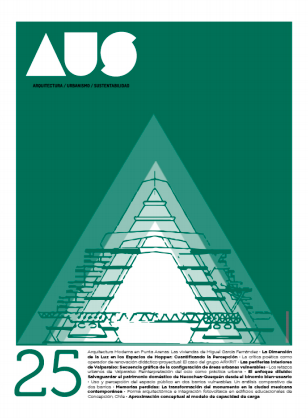The stepped-back architecture: The matrix of the landscape-city (1907-1964)
Main Article Content
Abstract
This article is aimed at establishing the importance of stepped-back architecture in the conceptualization of the landscape-city during the sixties. Particularly so, since its setback terrace section was persistently used as the matrix to shape mega-structures, undoubtedly the most innovating proposals for the epoch. The article discusses the relationships between this formal vocation and the stepped-back architecture that developed during the interwar period. This was architecture’s way to deal with the concerns regarding public health in the planning of cities and work, and found its best models in hospital architecture. This was the case of the Freilufthaus which resulted from a formal adaptation of the tuberculosis sanitarium to the requirements of 20th century heliotherapy.

